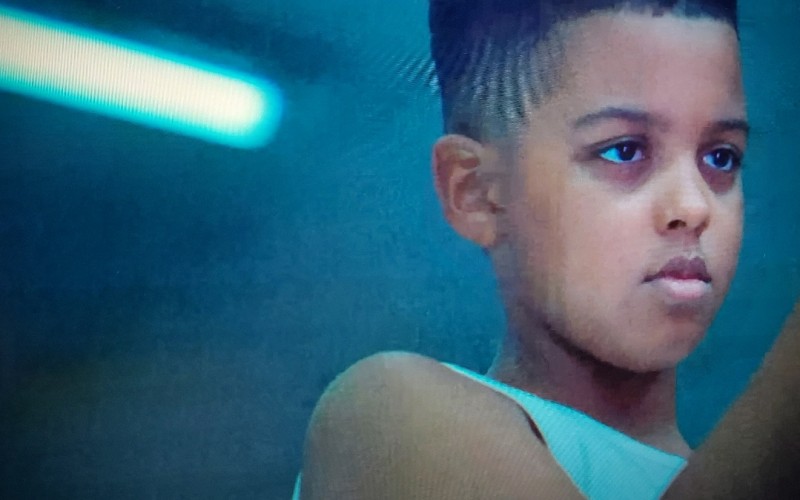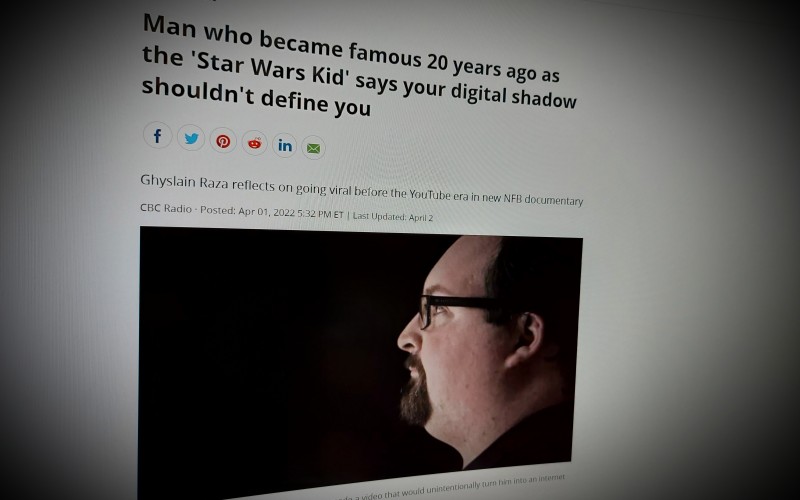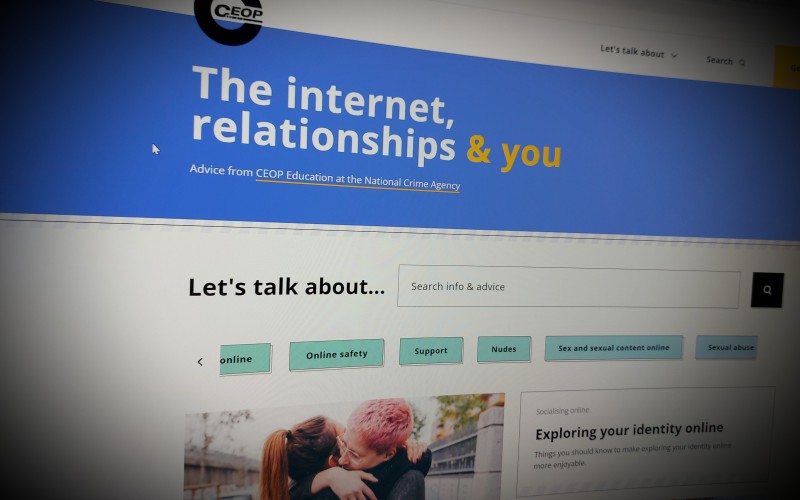Childline resource.
There can be a lot of pressure to look a certain way and fit in with everyone else. Sometimes you can be hurt or affected by what others think and say.
You might be feeling unhappy about your hair, skin colour or your weight or embarrassed about wearing glasses or braces. It can be hard to accept how you look if you feel pressure to have "perfect" skin or a certain type of body shape






Comments
make a comment